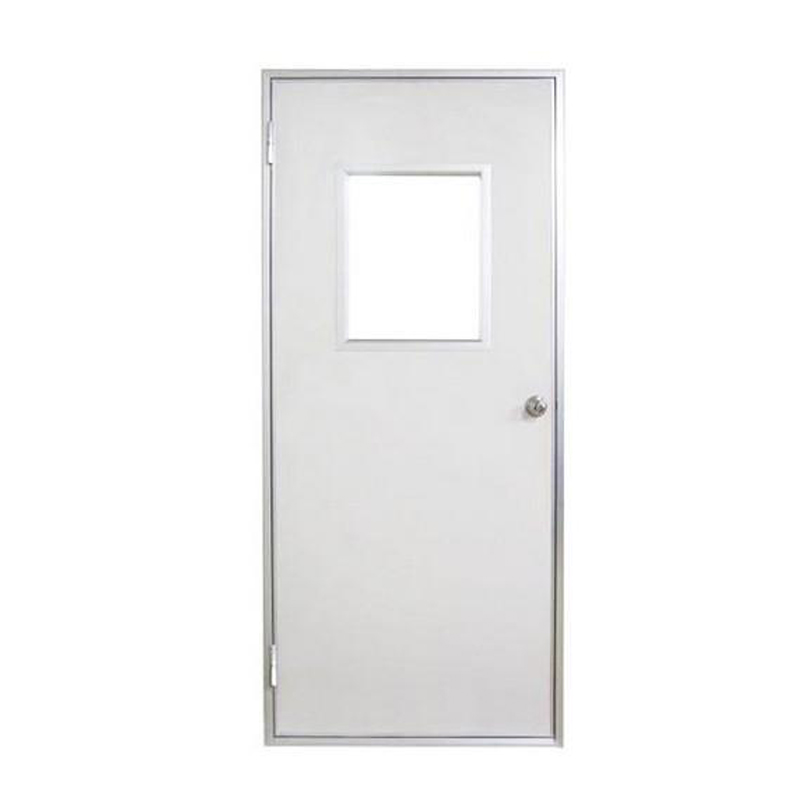

Cleanroom doors are critical for maintaining the contro […]
Cleanroom doors are critical for maintaining the controlled environment required to prevent contamination in cleanrooms. Here are some key features available in cleanroom doors to ensure airtight sealing and prevent contamination infiltration:
Hermetic Sealing: Cleanroom doors often feature hermetic seals, which provide an airtight barrier to prevent the entry of contaminants. This is achieved through the use of high-quality gaskets and precision engineering.
Automatic Closing Mechanisms: Doors with automatic closing mechanisms ensure that they are always closed properly, minimizing the risk of contaminants entering the cleanroom. These can include spring-loaded hinges, automatic door closers, or motorized systems.
Interlocking Systems: Interlocking door systems ensure that only one door can be opened at a time, maintaining the cleanroom’s integrity. This is particularly useful in airlocks or gowning areas where two sets of doors control access to the cleanroom.
Smooth, Non-porous Surfaces: Doors made from materials with smooth, non-porous surfaces (such as stainless steel or specialized polymers) are easier to clean and do not harbor contaminants. These surfaces are also resistant to chemicals used in cleaning and sterilization processes.
Flush-Mounted Windows: If windows are incorporated into the doors, they are typically flush-mounted to avoid any ledges or crevices where contaminants could accumulate. The windows are also often double-glazed to enhance the insulation properties of the door.
Air Pressure Differentials: Some cleanroom doors are designed to maintain pressure differentials between rooms. This is essential for preventing cross-contamination by ensuring that air flows from cleaner to less clean areas.
Gasket Materials: High-quality gaskets made from materials such as silicone or EPDM are used to provide an airtight seal. These gaskets are durable, flexible, and resistant to a wide range of chemicals and temperatures.

Door Frame Design: The door frames are often designed with a recessed profile to ensure the door fits tightly when closed. Magnetic or mechanical seals can be incorporated to enhance the airtight properties of the door.
Fire-rated and Explosion-proof Options: For certain applications, cleanroom doors may need to be fire-rated or explosion-proof, ensuring safety without compromising the airtight seal.
Automated Operation and Sensors: Automated doors equipped with sensors can open and close without physical contact, reducing the risk of contamination through touch. These systems can include motion sensors, touchless access controls, and programmable pening/closing
sequences.
Antimicrobial Coatings: Some doors have antimicrobial coatings that inhibit the growth of bacteria and other microorganisms, providing an additional layer of protection against contamination.
Maintenance Accessibility: Doors designed for easy maintenance ensure that seals and other critical components can be inspected and replaced regularly without compromising the cleanroom environment.
Implementing these features in cleanroom doors helps maintain the strict environmental controls necessary for sensitive manufacturing, research, and healthcare applications.
Our new models offer superb design;competitive prices and their new features give them distinct advantages over similar products from other manufacturers.